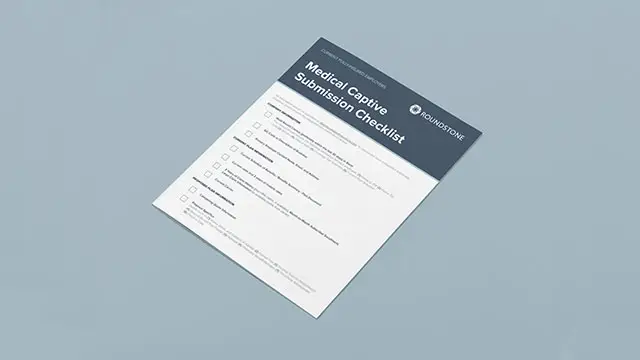By: Nate Szabo, Cost Containment Consultant
High drug costs affect more than just the individuals filling their prescriptions each month. Employers offering private health insurance and benefits to their employees take on much of the expense associated with high pharmacy bills. In fact, over the last two years, prescription drugs accounted for 21% of all U.S. employer health insurance benefits.
Closely monitoring high cost claimants is a top cost containment strategy for employers. Generally, a small number of employees participating in a benefits plan are responsible for the majority of all costs. More often than not, the 80/20 rule can be applied to health insurance—20% of claimants are responsible for 80% of an employer-sponsored health plan cost.
Individuals requiring expensive pharmaceuticals can put a drain on benefits plans, causing premiums to increase year-over-year for every employee. Fortunately, there are ways to mitigate and lower prescription drug costs for not only high cost claimants but for all.
Prescription Drug Cost Relief
Roundstone’s Cost Saving Investigators (CSI) work to help business owners participating in our group captives ease the high costs of medical claims. Tapping into the power of data analytics used to track claims over time, Roundstone’s CSI Team recommends cost containment strategies to save employers, and their employees, money. This all comes at no additional cost to the employer—making the cost savings opportunities as seamless as possible.
Cost Containment Success
This past year, an educational services organization enrolled in one of Roundstone’s medical group captives experienced reoccurring high cost claims. One individual in particular had amassed over $60K in claims related to their prescription drugs alone. The Roundstone CSI Team quickly identified this claimant’s specialty drug costs as an area for improvement and recommended the employer switch their pharmacy benefits manager (PBM).
A pharmacy benefits manager, or PBM, is an intermediary between insurers and drug manufacturers. This organizations work towards reducing pharmacy spend and providing greater access to medications. If a company’s employer-sponsored healthcare benefits are covered by a full-insured plan, they may not realize the potential for cost saving with an independent PBM. Being self-funded means employers have the ability to work with an independent PBM where prescription drug cost savings may be realized.
After closely investigating the claimant data of the educational organization, the Roundstone CSI Team recommended the company switch to an independent PBM with 100% pass-through savings to the group. This switch allowed the high claimant to decrease their annual claims on prescription drugs by nearly 47%. In fact, this company is expected to realize cost-savings of $28K just from this one employee.
Self-Funding Results in Greater Control
Traditionally, fully-funded health insurance plans limit an employer’s options to take advantage of low-hanging fruit. The absence of detailed claims information can lead to high, year-over-year renewals increases—without understanding or explanation. Roundstone empower middle market employers to strategically customize their own health plan. Our in-house underwriters coupled with our team of cost-saving investigators ensure Roundstone is able to provide every employer with the transparency to make the best possible decisions regarding their health insurance.
Want to learn more about how you can lower prescription drug costs for your employees? Contact Roundstone today to learn how we can implement a flexible health insurance plan that works for you.
About the Author:
Nate Szabo is a graduate of John Carroll University and brings experience from the medical device and healthcare industries—providing innovative solutions to Roundstone’s employer clients.









